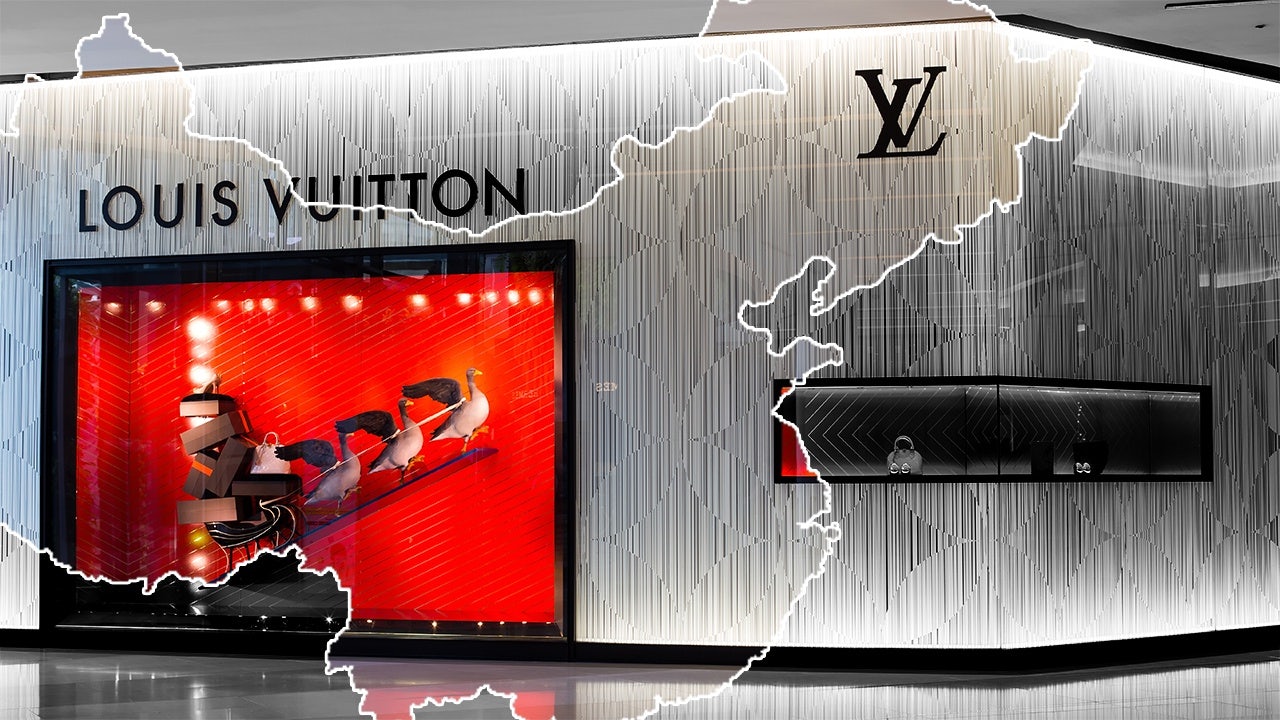Years ago, I took my first paycheck and ran to the Louis Vuitton flagship store on Via Dei Condotti to buy my first “Neverfull” bag. Afterward, I went to the Rolex boutique and spent what was left of my paycheck on the Rolex Oyster Perpetual. That was my initiation into the world of luxury: The gilded service, exemplary customer service, and VIP treatment. It seduced me more than any of the products I found that day. Through the years, I became a zealous devotee to certain heritage brands, mostly because of the services they provided with each purchase. Therefore, when the big e-commerce revolution began, I was one of its critics.
I couldn’t understand how brands could still carry the highly coveted badge of “luxury” when they expected customers to buy products from their homes, away from the ambiance of the perfectly perfumed luxury boutique and without any assistance from informed and helpful sales associates. Would I get my free champagne and bespoke experience?
Luxury is an indulgence, love, and emotion. It is customization and highly-personalized services, and it conveys images of champagne and chocolate-dipped strawberries, not browsing internet pages until something grabs our attention. That’s what companies like Zara are for — to claim products that come at a fraction of what Chanel pieces cost.
The difference between a Zara silk blouse and a Chanel one is the emotions they awake in customers. For those emotions to be stimulated, most customers need guidance — and chatbots, machine learning, or specific algorithms can't recreate that unique interaction.
But the landscape has changed with the rise of the Gen-Z consumer. While an old-millennial like me still favors outstanding personalization services, younger Chinese consumers are more pragmatic and experimental. And as the most tech-savvy generation, these trendsetters understand “emotions” and “love” differently than I do. They connect with videos, gifs, avatars, and virtual influencers and respond to video game-like graphics and engaging digital content.
They are also avid discount hunters who love promotional offers, so they are happy to remove the middleman and source directly if it guarantees them a more competitive price. So it’s not surprising that they are open to Direct to Consumer (D2C) trends.
Michael Kors became a household name in China thanks to the ingenuity of selling through WeChat and Weibo. Meanwhile, Nike and Louis Vuitton have already employed direct-to-consumers strategies in China, according to Daxue Consulting. “They are unanimously building an independent brand image through creating direct relationships with consumers in both distribution and communication on their brand-owned channels,” the company states.
American footwear brand, Rothy’s is a pioneer in the D2C business model. They took their strategy to China and developed a WeChat Mini-Program to sell directly to consumers. Azoya highlights how Rothy’s business model is reliant on the direct-to-consumer strategy, saying that “selling directly to customers and owning its own e-commerce channels and user data” helps Rothy’s adjust products to customer needs.
Another good example is Feelunique, which kicked off a six-day group-buying campaign on its mini-program in March. The brand invited customers to buy a set of six Caudalie skin supplement products at a 37-percent discount if they could convince a friend to purchase the same product at the same price. “Group-buying promotions like Feelunique’s lower new customer acquisition costs without spending on ads – over 90 percent of participants in this particular campaign were new customers,” says Insider Trends.
Compared to luxury labels, digitally-native brands have an easier time navigating the direct-to-consumer landscape. But brands like Moncler, Louis Vuitton, Dior, Burberry, and Bulgari have leveraged the power of interactive WeChat Mini Programs and proved that even established heritage brands could conquer the D2C universe.
From selling on WeChat Mini Programs to sell limited-edition products exclusively for the Qixi Festival to using the Online Showroom feature, there are various ways luxury labels use WeChat to boost sales and increase their market reach. Take, for example, Louis Vuitton, who created a complex digital ecosystem that lives inside WeChat and is well-connected to all the other branded digital platforms.
“Most article posts are correlated with different marketing campaigns,” says Daxue Consulting. “Since all articles are quite successful, we can know that these posts do drive a large volume of traffic to its WeChat stores. In a nutshell, Louis Vuitton in China improves by establishing and operating its self-owned sales channels.”
According to a report from Jisu App, just about 2.4 million Mini Programs run on WeChat as of August, and 18 percent of them are devoted to e-commerce. Furthermore, China Internet Watch highlights metrics from the official announcement at the WeChat Open Class PRO event in Guangzhou, which showed continued growth for WeChat Mini Programs. According to data, Mini Programs saw total transactions of over 115 billion (800 billion yuan) in 2019, an increase of 160 percent compared to the prior year.
The average number of Mini Programs sessions per user grew by 45 percent in 2019 compared to 2018, and the average number of Mini Programs used per user went up by 98 percent. Retention rates also grew by 14 percent.
By boasting over 1 billion users, WeChat can emulate China’s tech mammoths. As an e-commerce dynamo, WeChat has lofty goals for its Mini Programs. And smart luxury brands are enthusiastically embracing the system and its competencies because they understand the earnings potential.

